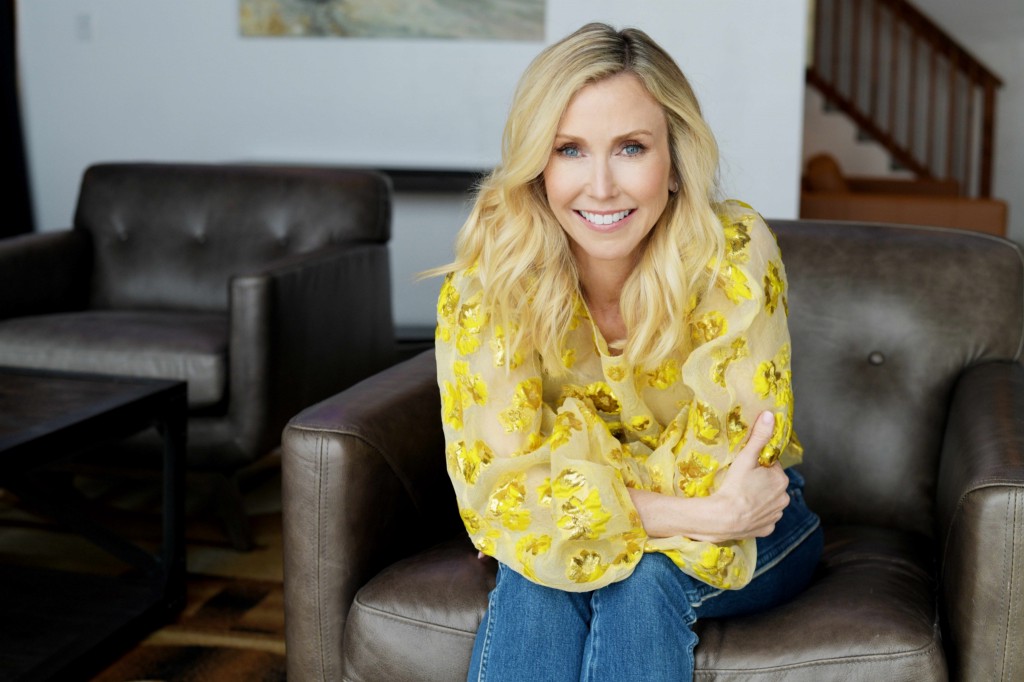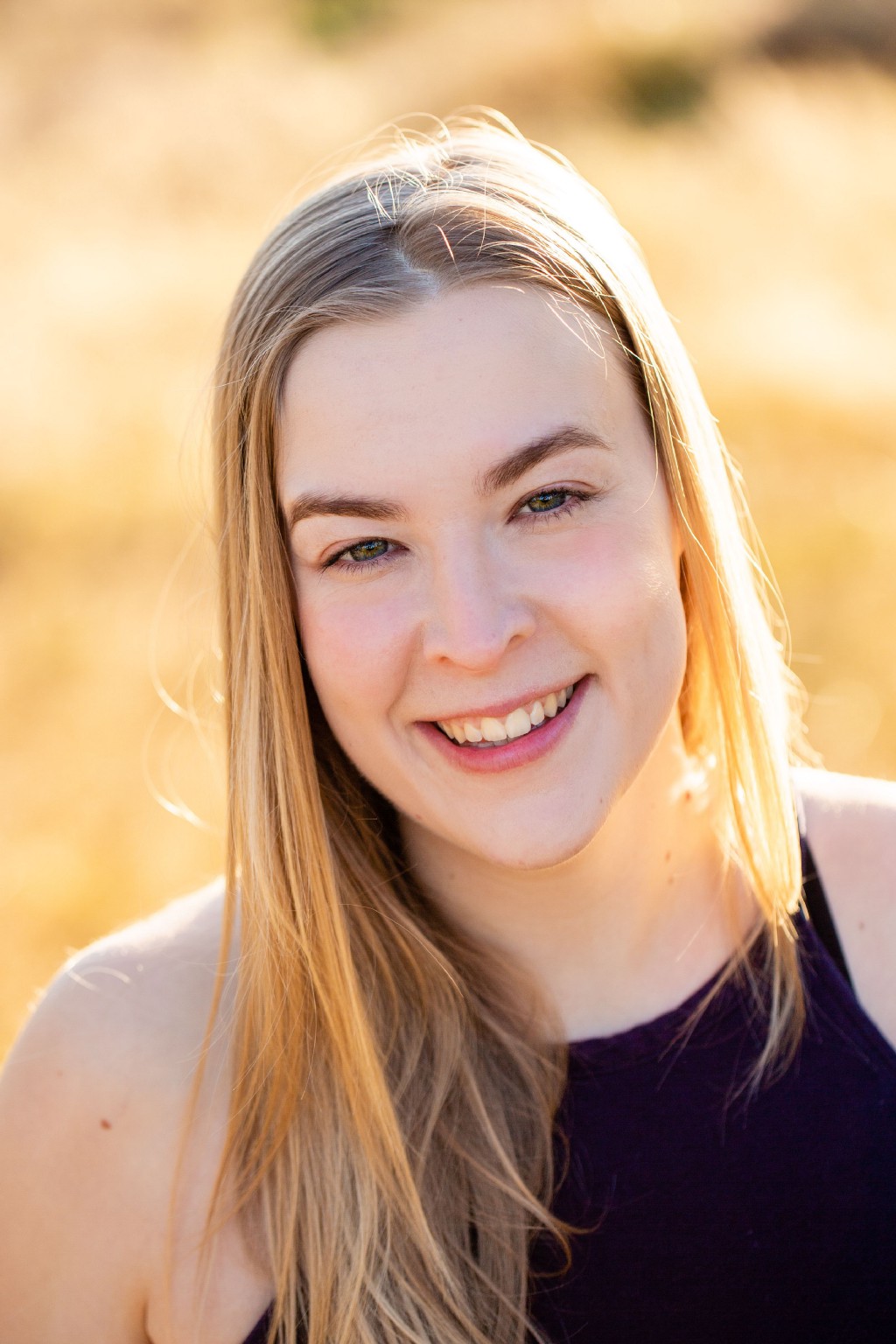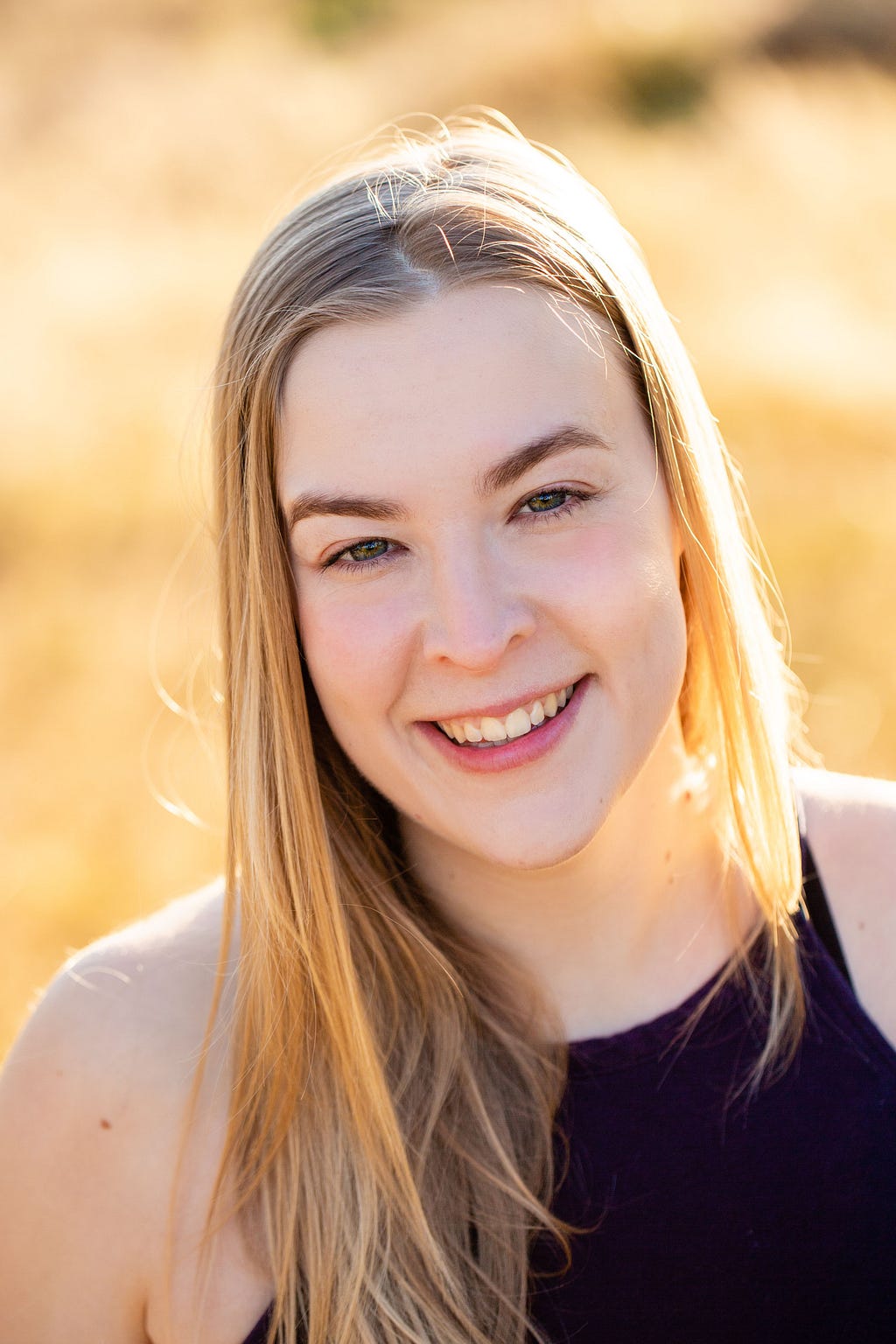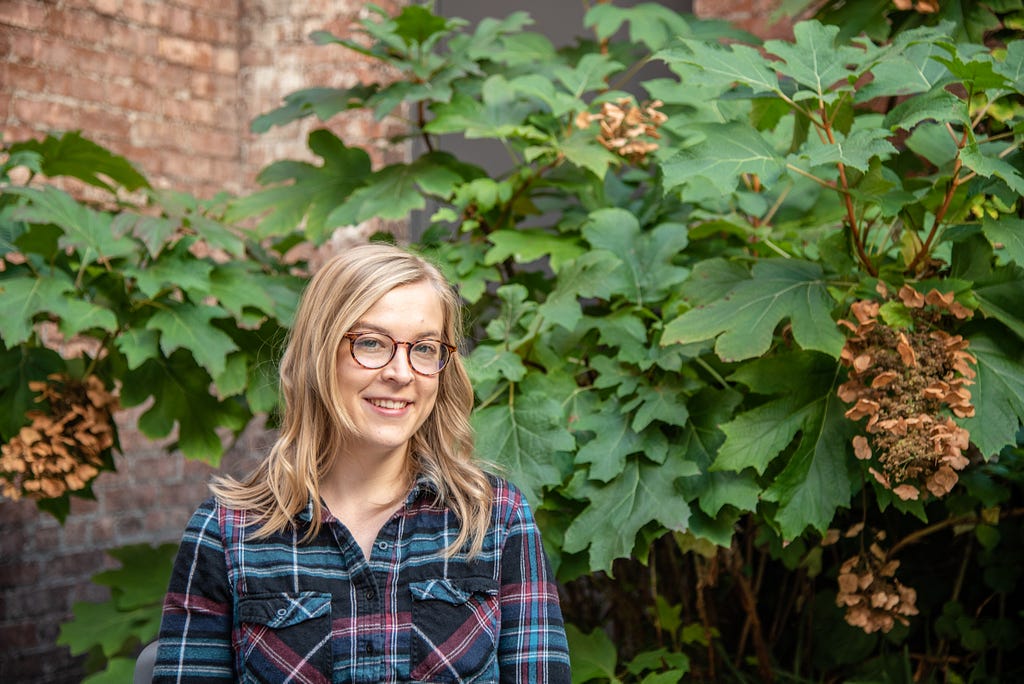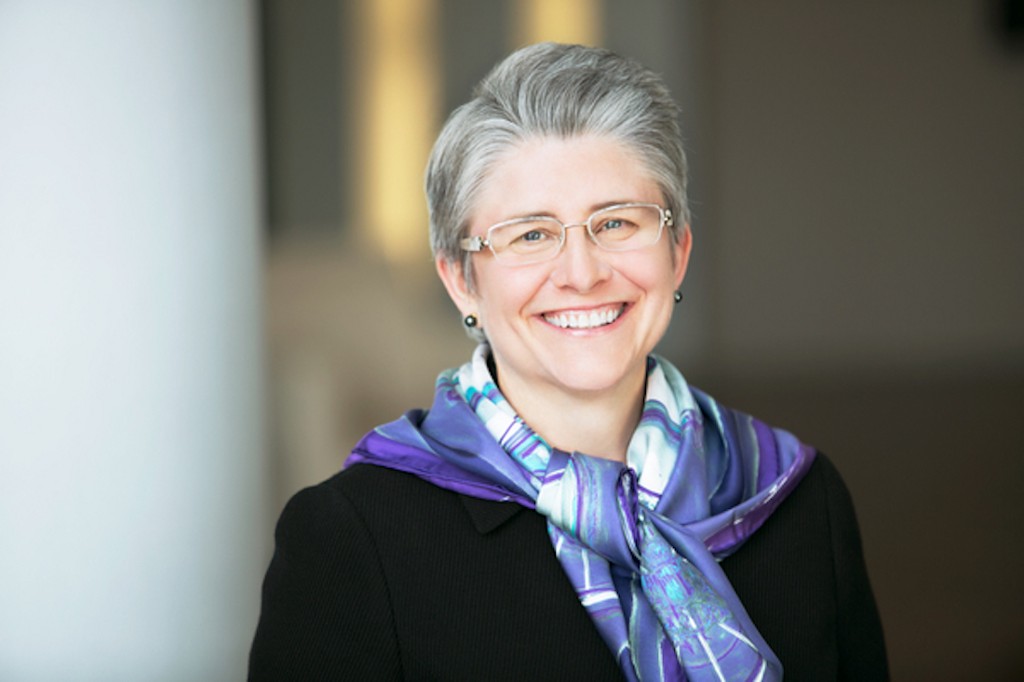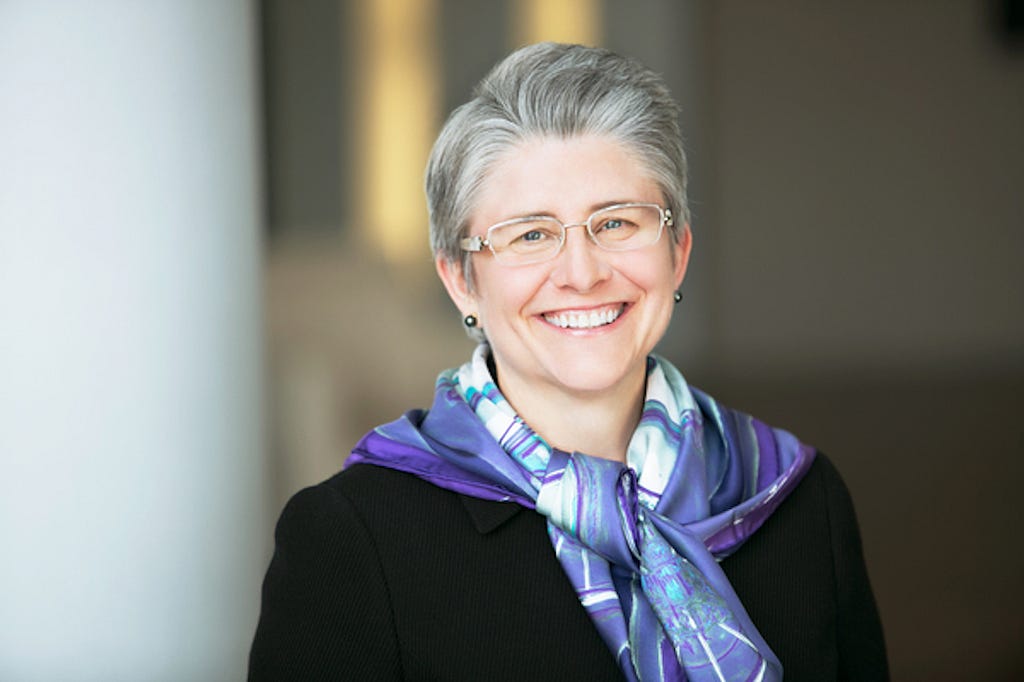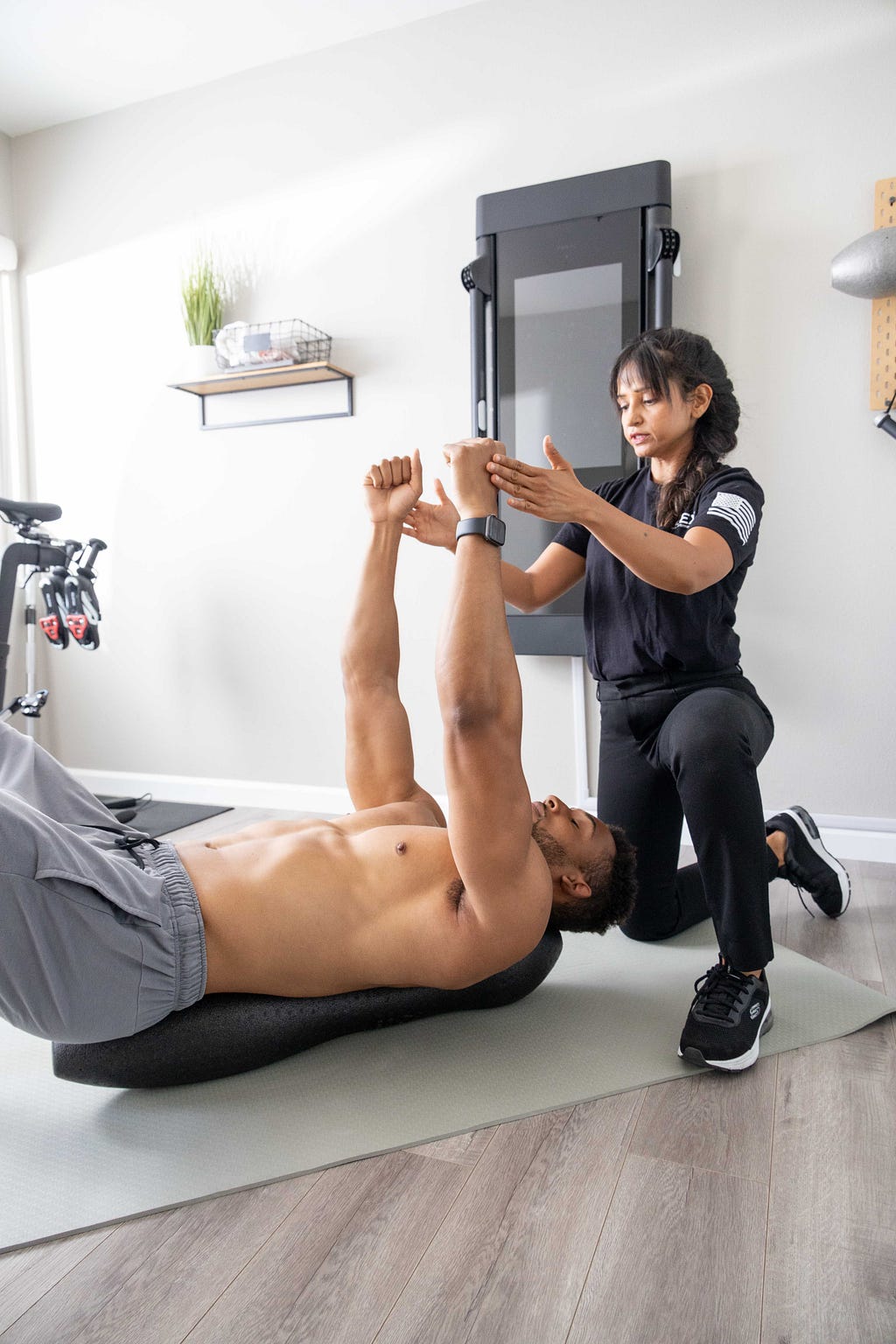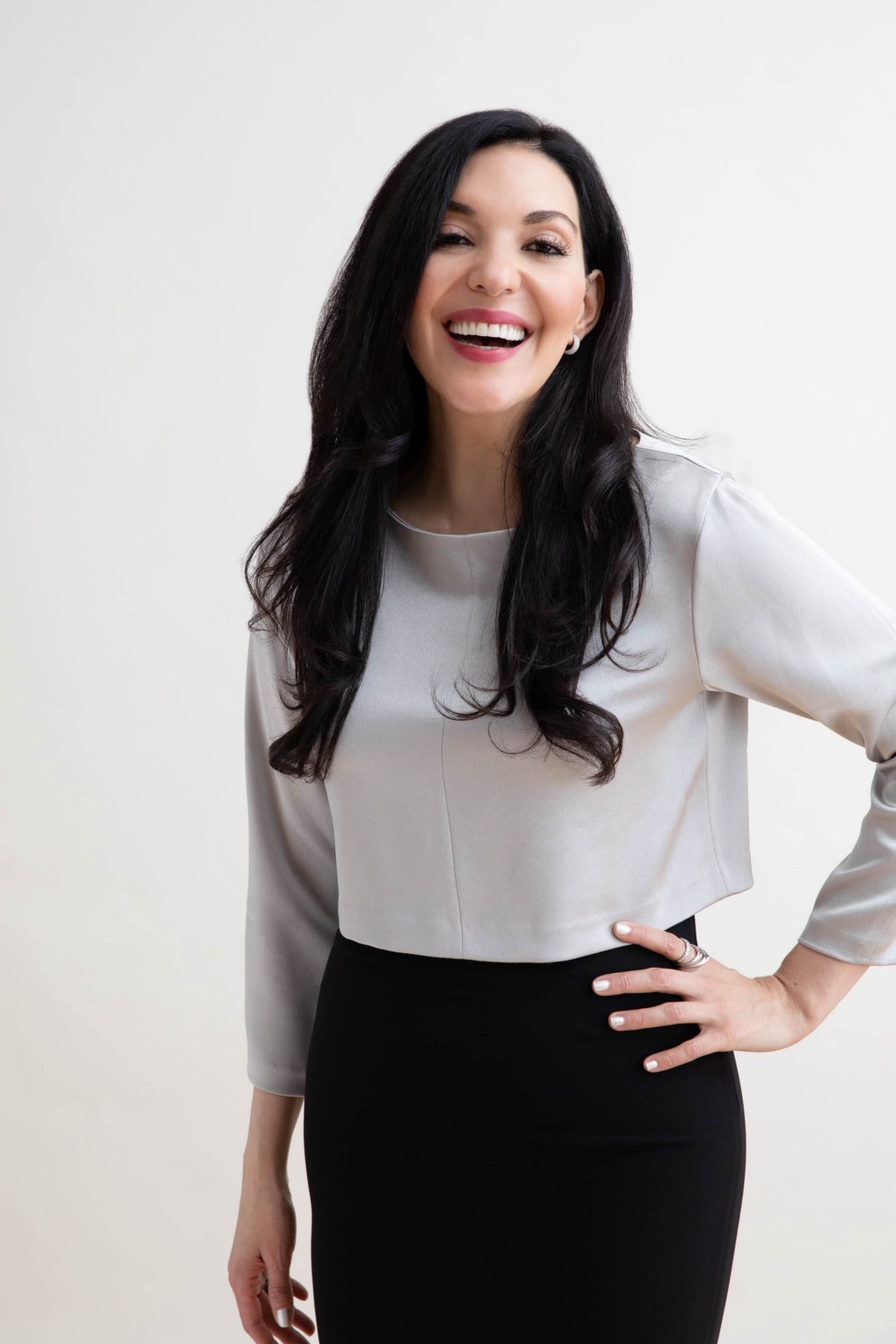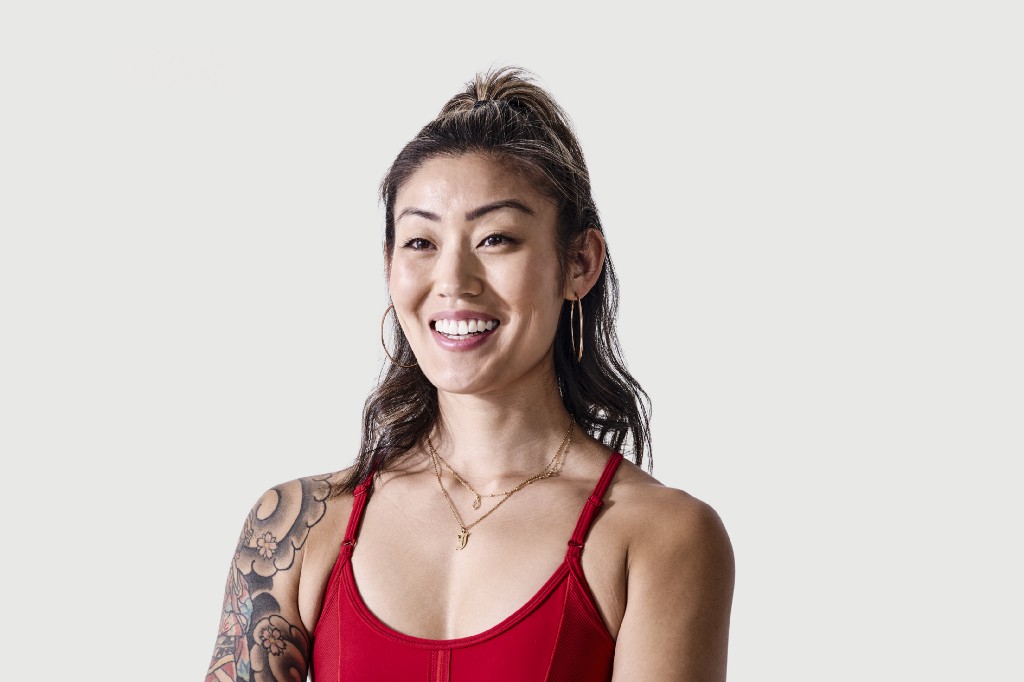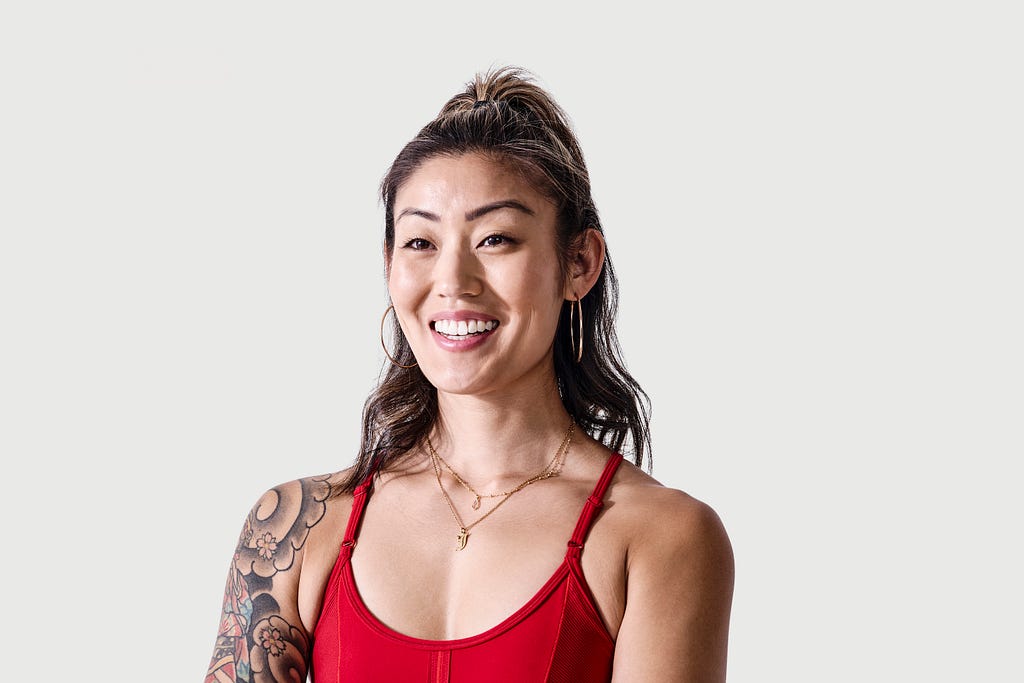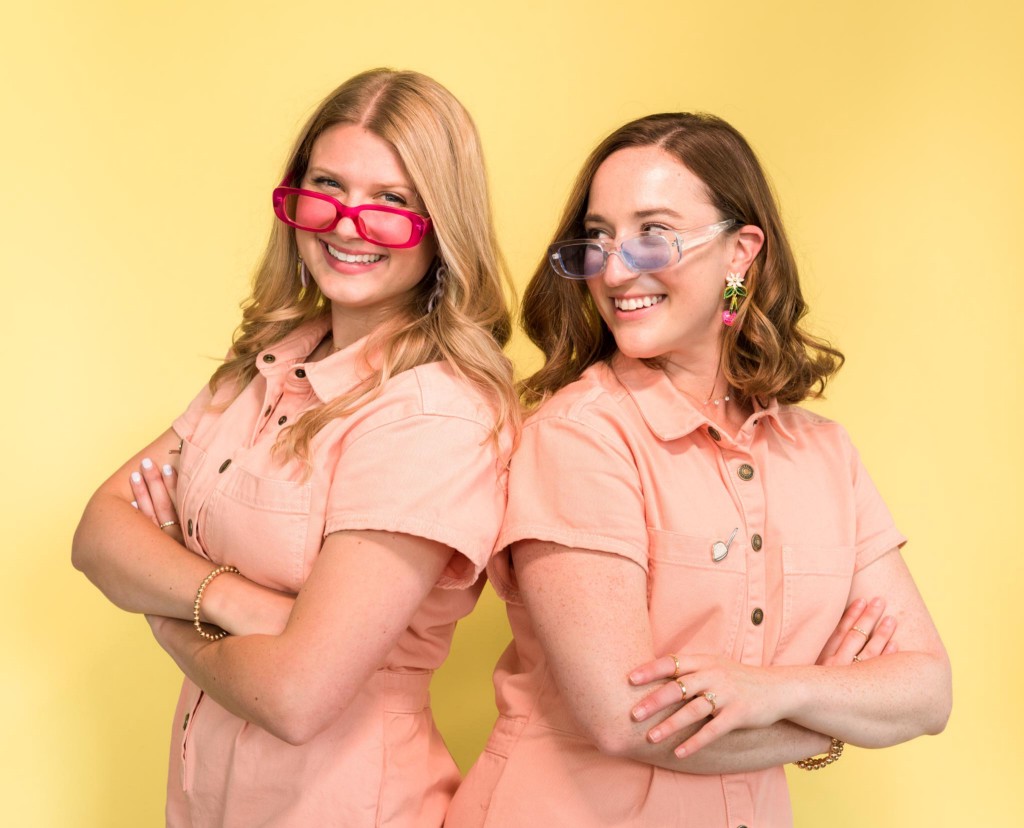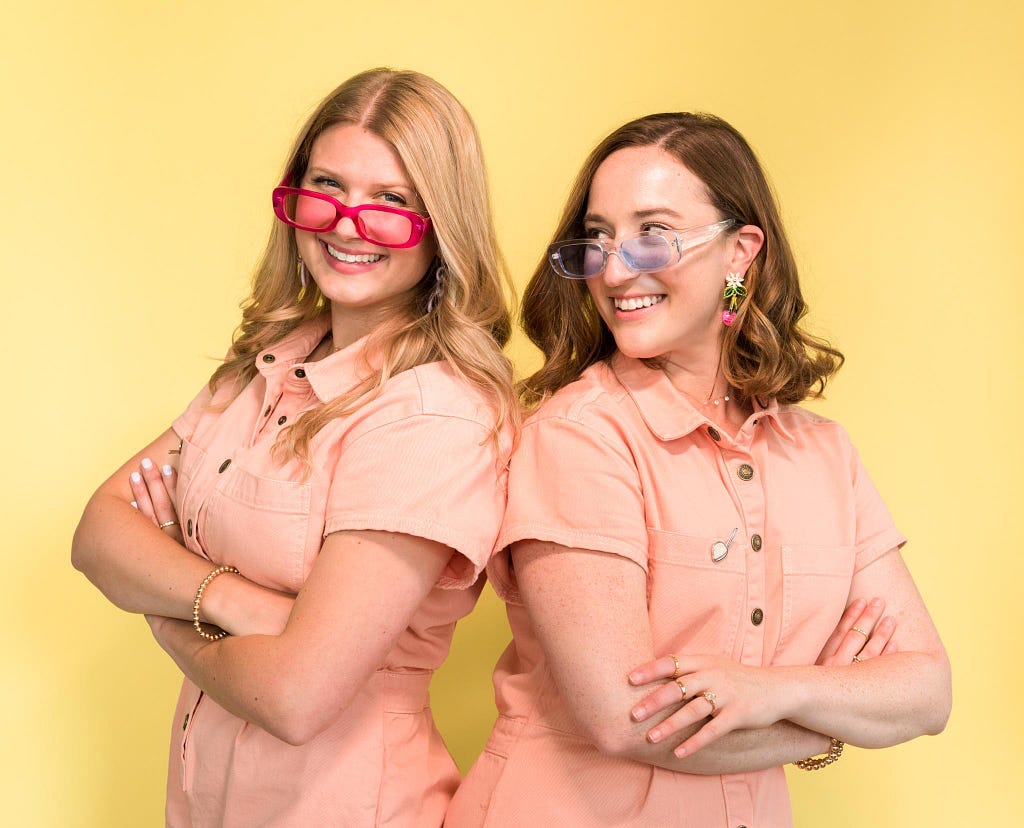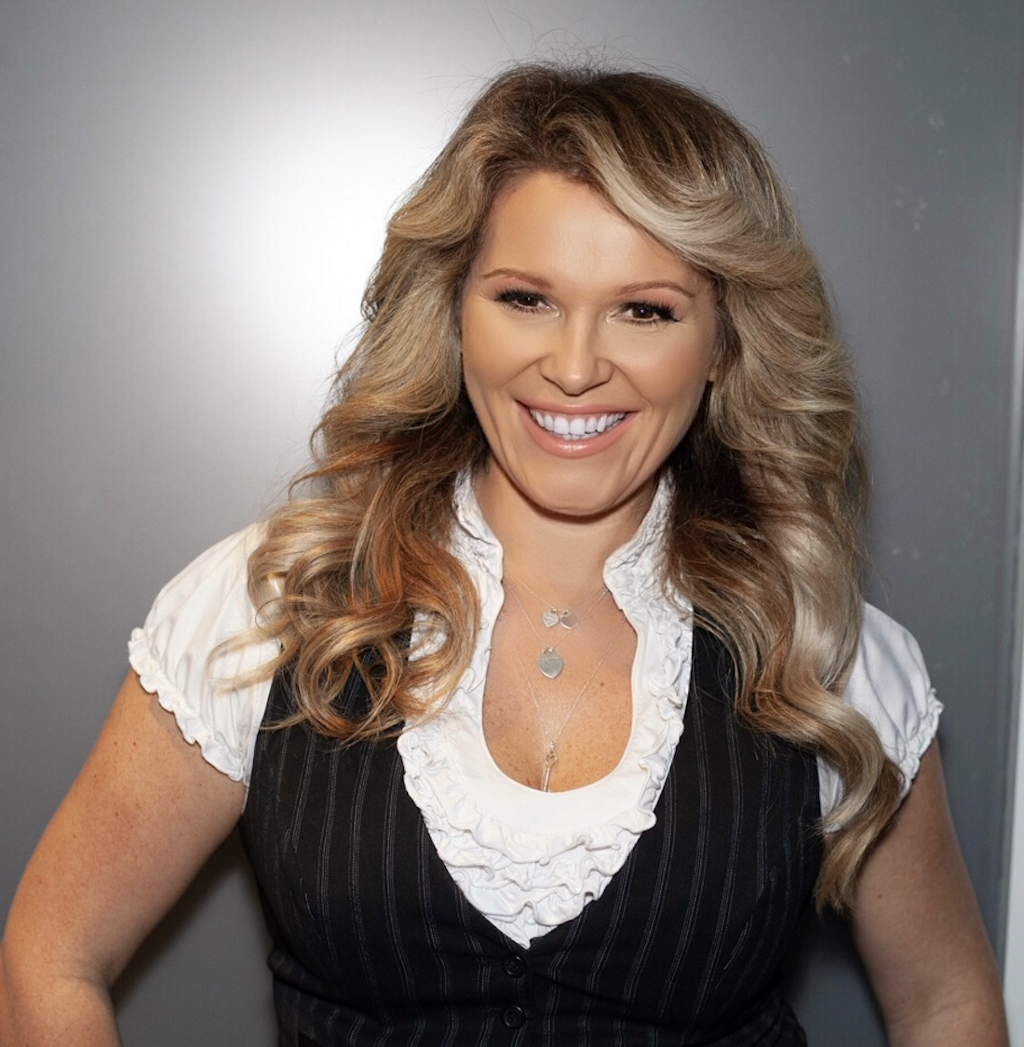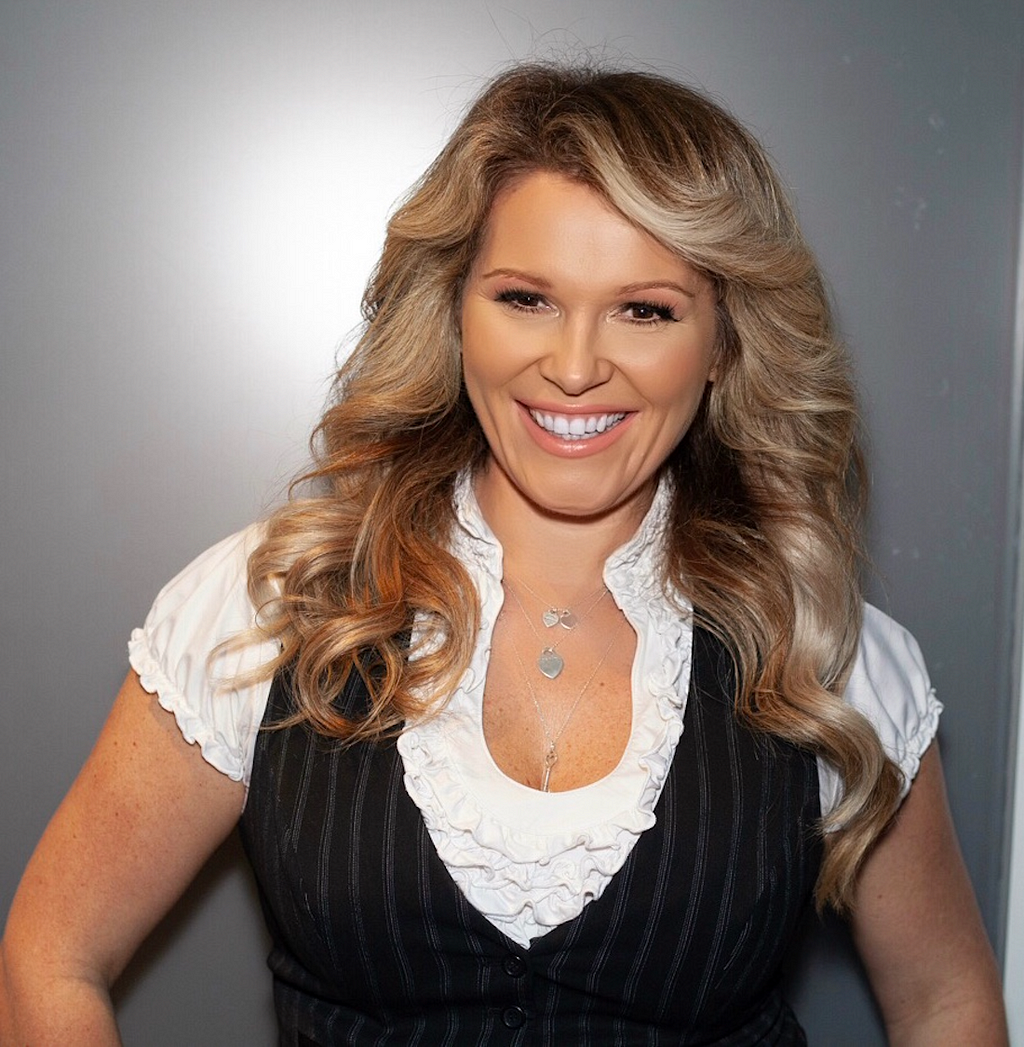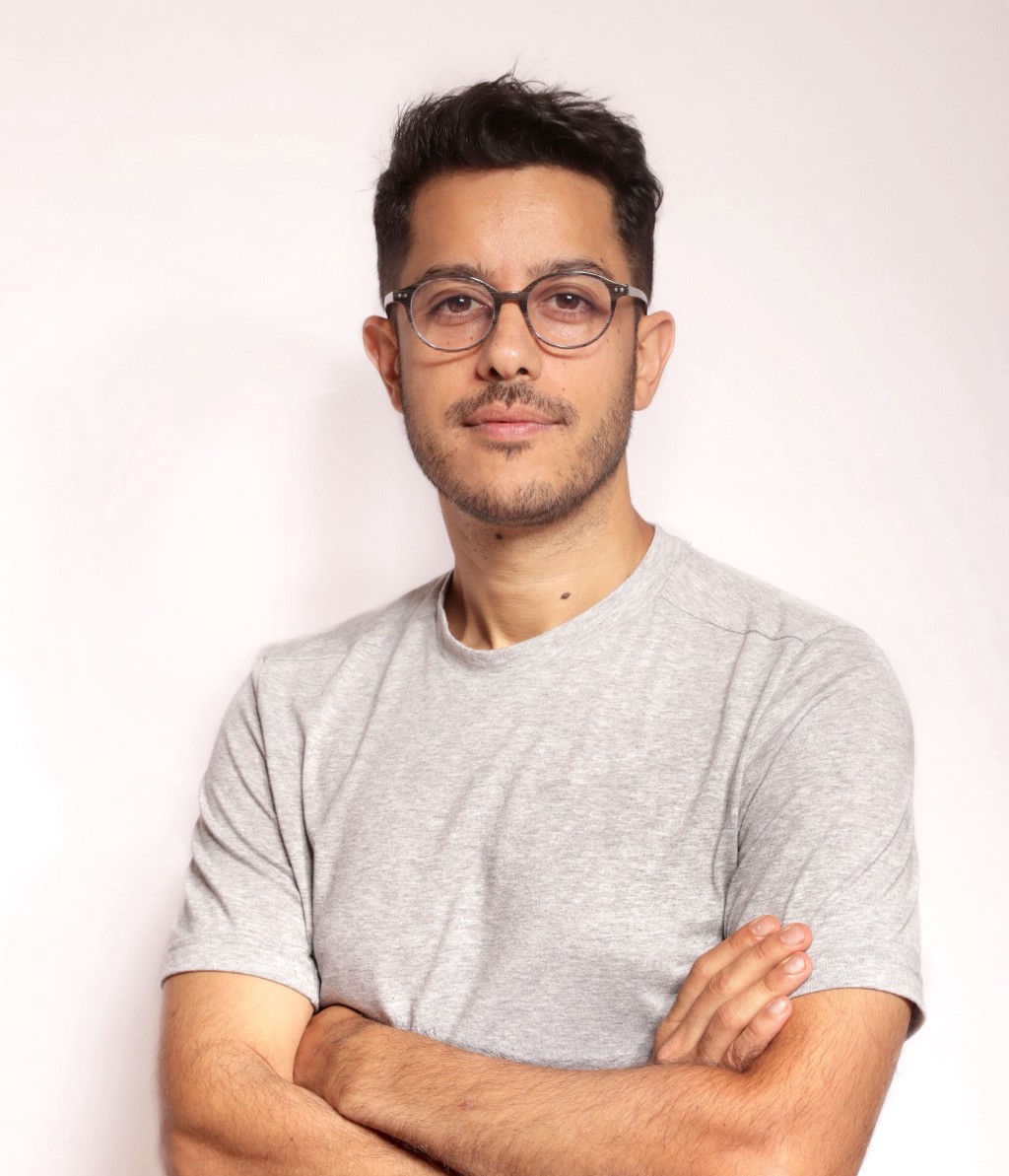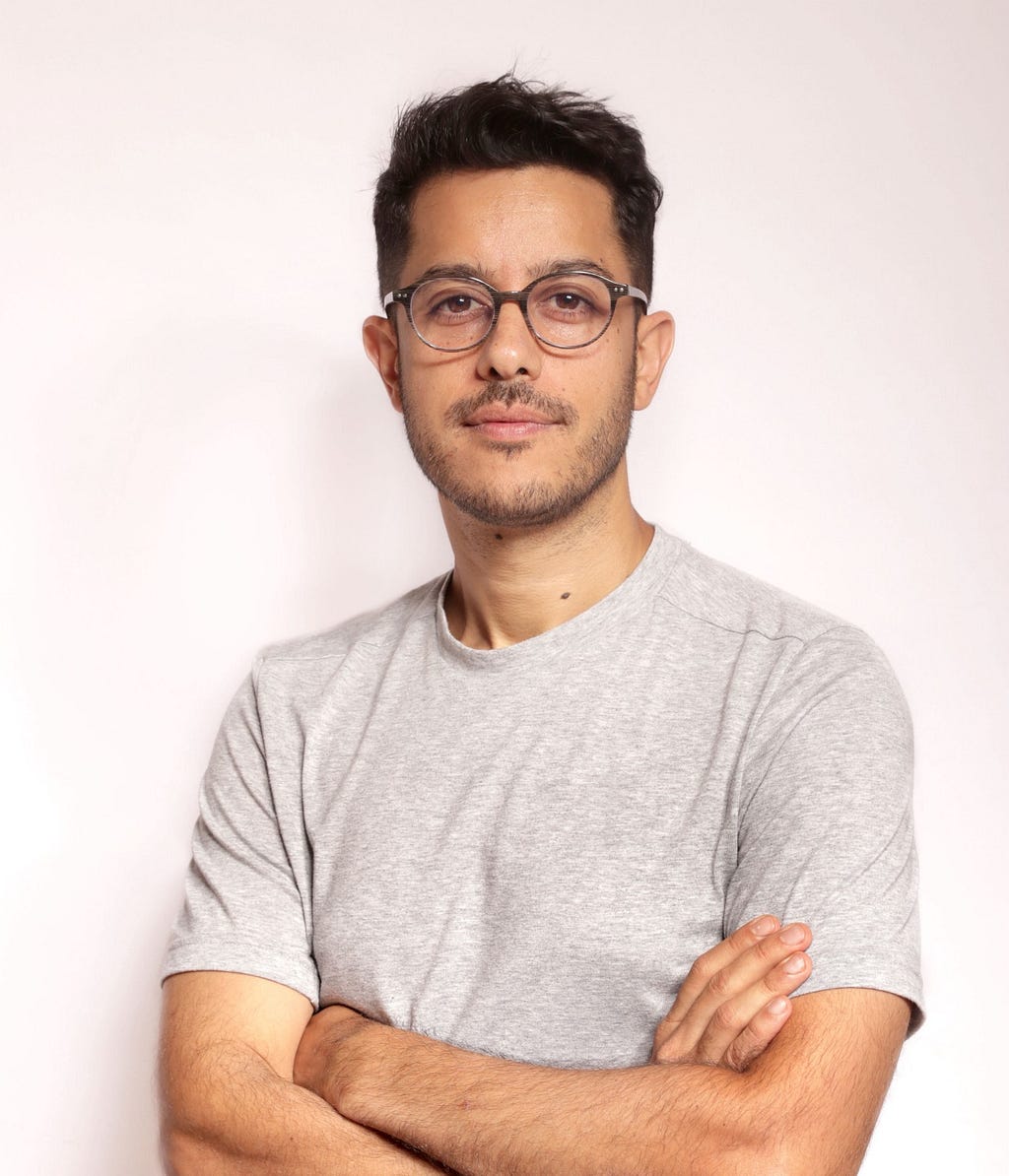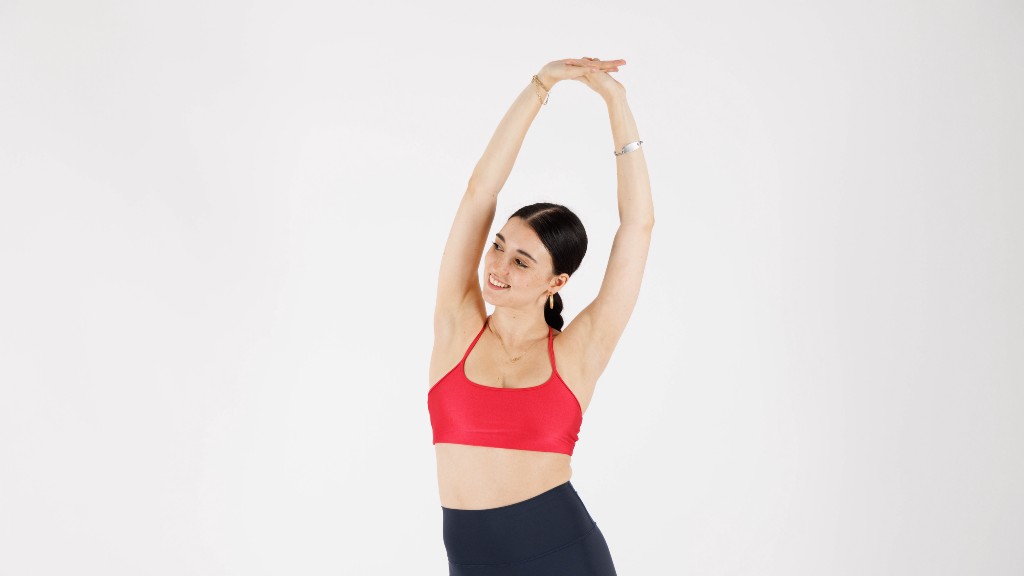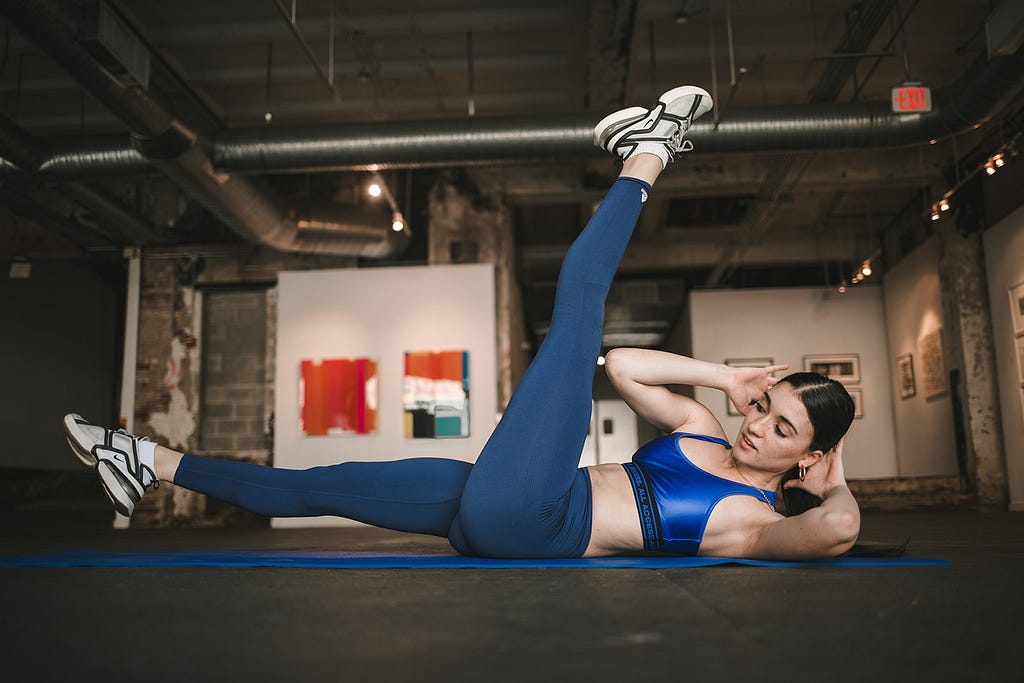Female Disruptors: Hilary DeCesare of The ReLaunch Co On The Three Things You Need To Shake Up Your Industry
An Interview With Candice Georgiadis
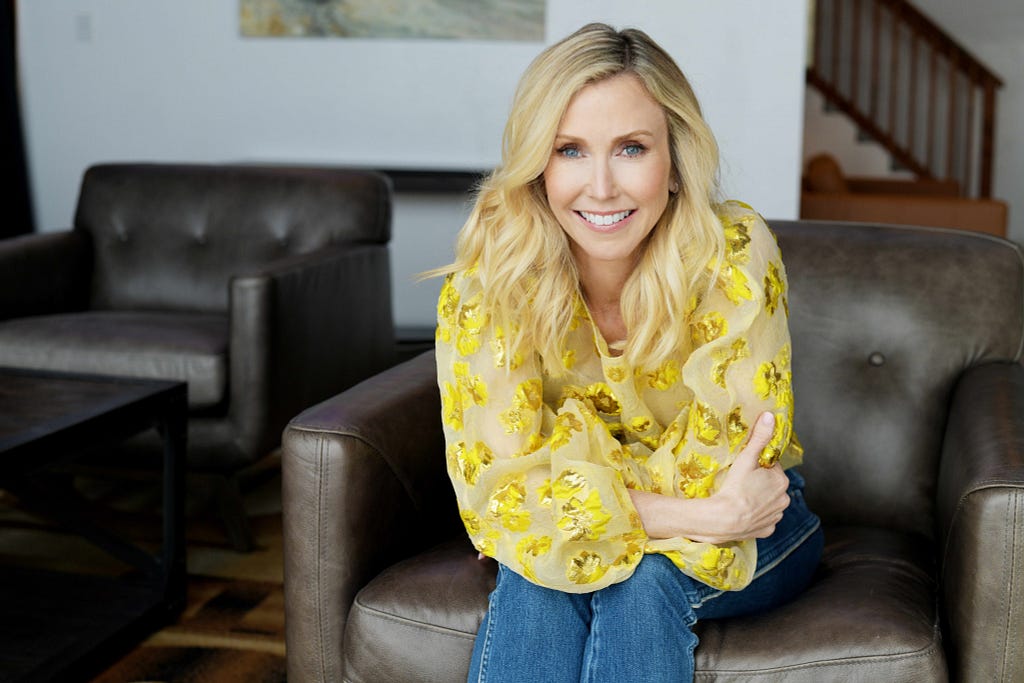
Early on, my mom told me we need to recognize that the only way we can truly access our intuition and have success is to get out of our heads and get out of our way, by trusting our emotions. So, three of the best words of advice, for me, are: “Trust your Intuition.” Your intuition is the most powerful tool in your toolbox of life. And it’s the most underused. In my case, I ignored my intuition about a potential business partner who came “highly recommended,” which ended up being very harmful to my business.
As a part of our series about women who are shaking things up in their industry, I had the pleasure of interviewing Hilary DeCesare.
Hilary DeCesare is an award-winning business expert, esteemed author, and pioneer of female powerhouses in Silicon Valley. As a sought-after speaker, founder of The Relaunch Co., and one of the first women to create a quarter of a billion dollars in revenue for the tech giant Oracle, Hilary brings fresh energy to industry leaders, CEOs, and solopreneurs.
She is widely recognized for her work in neuropsychology as it relates to business and life and holds several certifications from top practitioners in the field. Through her expertise, Hilary has raised millions of dollars in venture capital for many successful startups. She has been selected as AlwaysOn’s “Top 25 Women in Tech to Watch“ in 2010, 2011, and 2012; was honored with the prestigious 2010 DEMOgod Award; and won the 2012 Golden Bridge Women Founder of the Year Award. She serves on the board of Love in the Mirror and The Cal Poly Irvine Board, where she is a frequent guest lecturer on topics such as Entrepreneurship and Business.
As a loyal philanthropist, Hilary is committed to organizations fighting human trafficking and childhood cancer. She’s been featured on ABC’s hit TV series “Secret Millionaire,” where she shared the stories of people who have overcome difficult circumstances. Her insights have been seen on NBC and mentioned in The Huffington Post, on The Hallmark Channel, and on Fox.
The culmination of her work has brought her to innovate the 3HQ Methodology where Hilary empowers mid-life women to experience fulfillment and reimagine what’s possible in their careers.
Thank you so much for doing this with us! Before we dig in, our readers would like to get to know you a bit more. Can you tell us a bit about your “backstory”? What led you to this particular career path?
A particular incident in my “backstory” led me to where I am in my career today and led me to be dedicated to women’s advancement in work and life.
As a top executive at Oracle, a major Silicon Valley technology firm, I was already referred to as a “unicorn,” a successful woman in the rarified (at the time) world of tech. I worked throughout my pregnancy with my twins. Two weeks into my maternity leave, I was informed that a new position had been created above me — and it had been awarded to a man. I had not even been consulted, much less evaluated, for the job. There were, at the time, almost no role models for how to handle this kind of situation. Yet I immediately and instinctively pushed back, insisted that I be considered for the role, interviewed for it — and got it. I think my demand to be considered took the male hierarchy by surprise, but it broke down barriers. And hopefully it provided an example for other women in the company that this was indeed a possibility for their own career paths.
Can you tell our readers what it is about the work you’re doing that’s disruptive?
At The ReLaunch Co., the name says it all. Instead of accepting the status quo, we are supporting women who aspire to keep moving, doing, creating, and advancing — in work and life. We particularly focus on women in their mid-life years, a time when life decisions often come to a head, especially during the post-pandemic, hybrid workforce environment. In my new book, “Relaunch! Spark Your Heart to Ignite Your Life,” I lay out a simple roadmap on how to live an integrated life that will keep you moving along your personal goal continuum, as opposed to feeling stuck by circumstances. I focus on what I call the 3HQ™, a synergy of the head, the heart, and the higher self, breaking out of the vertical silo mode and allowing your whole self to power you as an aligned, calibrated trio to make meaningful choices. You activate yourself from the inside out; 95% of our actions have been proven by science to be autopilot responses triggered by our subconscious.
Can you share a story about the funniest mistake you made when you were first starting? Can you tell us what lesson you learned from that?
When I was younger in my career, I was managing 23 deals in one month, working myself to the bone as I tried to climb the corporate ladder. I lived one and a half hours from the office and one night at about 11 p.m., knowing I had to be back in the office at 7:00 am, I decided to stay the night in my office instead of driving home. So I looked around the office for a potential bed, and I only had my desk — so I crawled under my desk, put on a timer, and fell asleep for about four hours. In the morning, I made sure I was up early enough to appear to be the first in the office. When people started to arrive, I got some strange looks — Oops! I had forgotten I was still wearing the same outfit as the day before, slightly worse for wear. On top of leftover makeup and bedhead, let’s just say that from then on, I always kept a small bag packed with a fresh change of clothes, a little make-up, and a toothbrush in the trunk of my car! Looking back, I wonder why I never considered the option of turning off my computer and going home. Sleeping under the desk? A steep price for closing 23 deals.
We all need a little help along the journey. Who have been some of your mentors? Can you share a story about how they made an impact?
When I was just out of college, I already had a successful company and had leaned heavily on mentors to shorten my path to success and help with spending on unnecessary things and avoiding common mistakes. Getting my first corporate job at Oracle corporation, I immediately got involved at the highest level. I knew I wanted to eventually be in the C-suite so I decided to create mentorships at that C-level; I went straight to the CFO, Jeff Henley and introduced myself. I explained what I was doing at the company, and told him I was very interested in understanding more of the financial perspective behind the business. I asked if he would meet with me quarterly and share with me how financial decisions were made. It would be a win-win for both of us, because he was looking to gain more insight from the field organization. From there, I realized that nobody was out of my inner circle. I could pull anybody in, because a lot of times if you’re asking, they are happy to help — and if you tie it to one of their goals, it is mutually beneficial. After that mentorship went so well, I wondered “Why not go to the president, Ray Lane?” Again, I asked, I knew what he needed ,and he said yes.
In today’s parlance, being disruptive is usually a positive adjective. But is disrupting always good? When do we say the converse, that a system or structure has ‘withstood the test of time’? Can you articulate to our readers when disrupting an industry is positive, and when disrupting an industry is ‘not so positive’? Can you share some examples of what you mean?
I think disruption is going against the status quo, which I do think is a positive. I also think that disruption can get you out of feeling stuck and being able to try new things and be able to innovate. If you look at it in today’s world, COVID disrupted the world down to every single area of your life. It’s a 180-degree disruption scenario. We know that it’s the global relaunch. We know there are business relaunches. We know that there are personal relaunches that came out of the disruption. But there also has to be a visionary that can see when there is an opportunity for disruption. Today there is a massive opportunity to help people with disruption in their lives. There is a process around how to have transition and transformations be positive with change and disruption.
Another example is the resale retailer The Real Real. They redefined the pre-worn clothing business by elevating and rebranding it. Instead of just throwing good-but-used clothing into the secondhand store, they changed the viewpoint and made the items desirable by rebranding them as “vintage.” They gave emotional — and monetary — value to older possessions, instead of just viewing them as “used.” They also brought in the concept of sustainability, because people could see how their purchases could be recycled, and at a profit. They flipped the script from the dustbin to the win-win.
There is a fine line between really changing and incremental change that is not meeting where the industries are going. A great example is in advertising and how print ads transitioned to become digital ads. Print ads have been around since the invention of paper, and even before — they have been found on stone walls of early societies. I think these communication methods adapted, more than disrupted. The principal goal of communication to an audience remained, but the method of delivery changed and kept up with the world around it. To withstand the “test of time,” you can’t keep going down the same path when the landscape beyond the path has shifted around you.
We could even say there’s been a tremendous disruption in psychology and neuroscience; we used to say people have 60,000 to 80,000 thoughts a day. And now, with technology, they’ve shown it’s more like 6,250. I think it’s hugely positive because what it’s doing is it’s getting clearer and clear. There’s the example of WeWork. WeWork ended up trying to tell companies, “You don’t need to get space. We will give you that space and you can have it anywhere at any time.” Then it ended up that fewer people go into any offices anymore. And additionally, other competitors jumped in and WeWork was not able to differentiate enough. This is a problem.
Amazon — that’s a positive because of the Whole Foods acquisition. They also had good timing. Others tried to get into that industry but failed because they went before the right time.
The early competitors bought fleets of vans and all this infrastructure, but the market wasn’t ready yet. There’s always that possibility that you could have a great idea, but be too early to the market. But those who are early set the stage for others to follow.
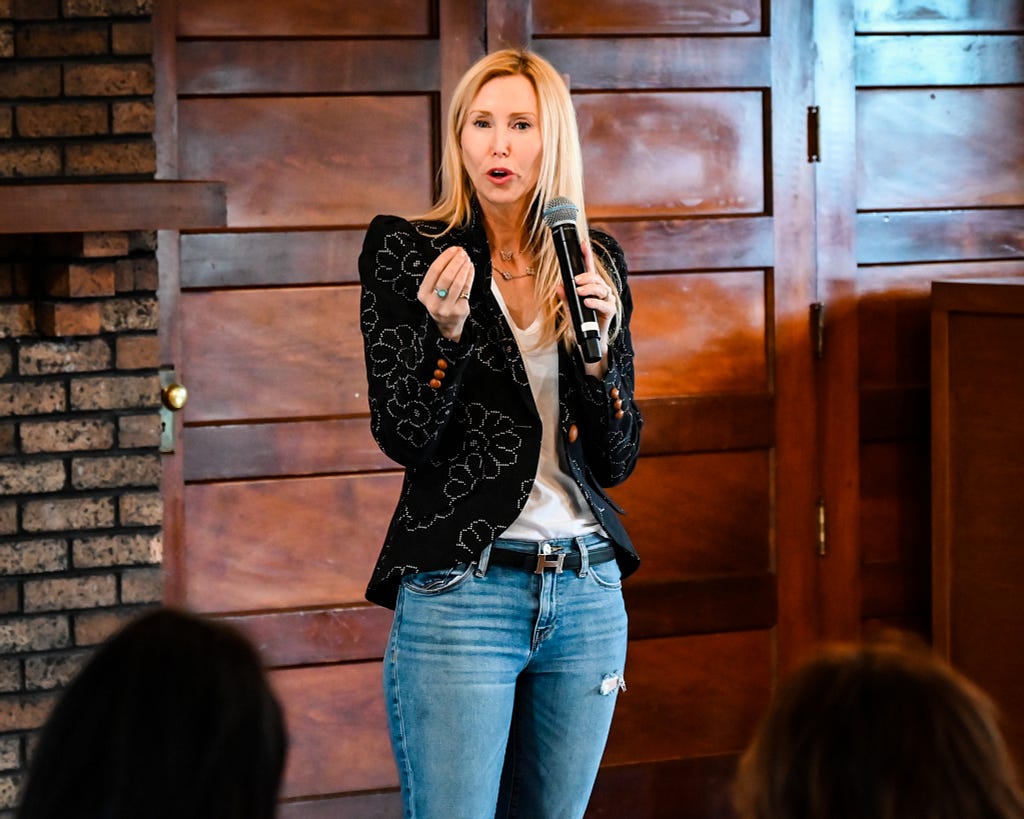
Can you share 3 of the best words of advice you’ve gotten along your journey? Please give a story or example for each.
Early on, my mom told me we need to recognize that the only way we can truly access our intuition and have success is to get out of our heads and get out of our way, by trusting our emotions. So, three of the best words of advice, for me, are: “Trust your Intuition.” Your intuition is the most powerful tool in your toolbox of life. And it’s the most underused. In my case, I ignored my intuition about a potential business partner who came “highly recommended,” which ended up being very harmful to my business.
Sometimes, you just have to do what you feel is right, in spite of what others are saying.
As Tony Robbins says, “Success leaves clues. The most successful people are doing something different from everyone else.”
We are sure you aren’t done. How are you going to shake things up next?
I would say, in today’s world, it is all about the relaunch. It’s not about the new normal, it’s about the new different. Life as we know it — hybrid, working from home, working from the office — is how we have now adapted to this new phase in our life. I want the relaunch model to help people through these transitions.
Three types of relaunches are happening: personal, professional, and global. On an overarching global basis, we are facing the pandemic, financial situations, wars, and all the pressure of uncertainty in uncertain times. Then you’ve got professional relaunches that are happening, which are the hybrid workplace and the great resignation. Then personally, people are re-evaluating their relationships and searching for what is meaningful to them and answering the age-old question of what’s their “why?”
So how are you shaking things up in the midst of this?
With the ReLaunch Company, we are providing concrete support. Providing courses around how to get through this, providing coaching, and the book.
In your opinion, what are the biggest challenges faced by ‘women disruptors’ that aren’t typically faced by their male counterparts?
Well, this goes to gender equality. Very few women are getting funding from BCS. When you look at women disruptors, not only do they have to prove themselves with the disruptive technology or product, they also have to prove that they are the right leaders for this company, for this program, for the evolution of wherever they’re taking it. So it’s a 180-degree challenge. Women can’t just focus on one thing. They have to be completely ingrained in every aspect — at work and home. Then, they also have to make sure that they are aligned and authentic with all the different shapes of personas in the workplace — where you’ve got the masculine energy, you’ve got feminine energy, you’ve got the entire gender spectrum of he, she, they+.
Women are still trying to define that identity where they can show up and not be labeled something that they’re not. They’re just trying to be a CEO, an entrepreneur, a mom, a person, and get their product out there. But there are complexities that men don’t have.
Do you have a book/podcast/talk that’s had a deep impact on your thinking? Can you share a story with us?
I would suggest Kara Goldin, founder of Hint, the flavored water line, and her book, “Undaunted: Overcoming Doubts and Doubters.” She was tossing down can after can of diet sodas and was miserable with her health habits; she identified a need, but she didn’t like the way water tasted. She invented a product that she had a hard time selling at first, but she built an amazing, health-oriented business. Her podcast “The Kara Goldin Show” on Apple Podcasts is inspiring as she interviews other women breaking boundaries.
You are a person of great influence. If you could inspire a movement that would bring the most amount of good to the most amount of people, what would that be? You never know what your idea can trigger. 🙂
It would be taking ReLaunch to the next level and helping every single woman get to her highest potential. Every woman out there deserves to be in this fulfilled place, not feeling like she has to be anything but who she truly is or meet anyone’s expectations but her own.
Can you please give us your favorite “Life Lesson Quote”? Can you share how that was relevant to you in your life?
As neuroscience expert Jim Fortin said, “You are not your thoughts; you’re the thinker of your thoughts.” When I realized that I’m not my thoughts, I’m just the thinker, it changed everything in my life and allowed me awareness to control my thoughts. I stopped wasting a tremendous amount of time on things I can’t change. I started to realize that the only thing in my life that I can change and have power over are my thoughts, there’s nothing else. That’s what I’ve learned through all of my relaunches — that I can’t tell you what’s going to happen tomorrow, but I can tell you how I’m going to think about it.
How can our readers follow you online?
Podcast Page: therelaunchco.com/podcast
Blog: therelaunchco.com/blog
Website: therelaunchco.com
Courses: therelaunchcocourses.com
The Collective: therelaunchcollective.com
FB Group The ReLaunch Effect: facebook.com/groups/relauncheffect
Facebook: facebook.com/TheReLaunchCo
LinkedIn: linkedin.com/in/hilarydecesare
Instagram: instagram.com/therelaunchco
This was very inspiring. Thank you so much for joining us!
Female Disruptors: Hilary DeCesare of The ReLaunch Co On The Three Things You Need To Shake Up Your… was originally published in Authority Magazine on Medium, where people are continuing the conversation by highlighting and responding to this story.


